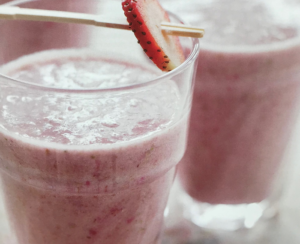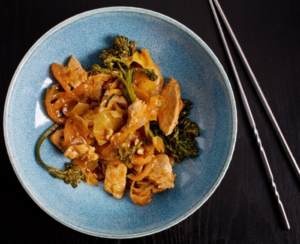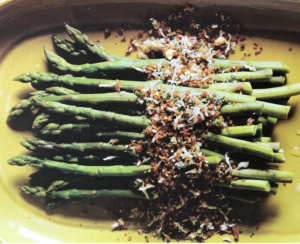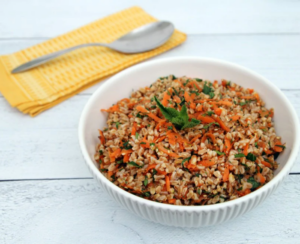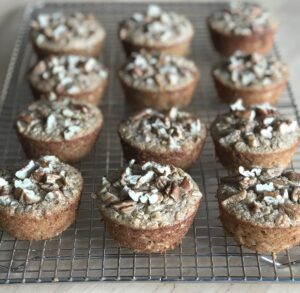Everyone knows good hosts need to feed their houseguests. If the visitors are easy to get along with and especially helpful — they take out the trash, do the dishes, rake the yard and so on — it’s wise to feed them very well so they stay as long as possible. That’s how it is with humans and probiotics (good bacteria). We are essentially hosting these living organisms in our guts. Probiotics and prebiotics go about their lives unnoticed, but they are doing important work keeping our digestive system healthy and, in turn, protecting the whole body.
Probiotics: Desirable houseguests
By now you have heard of the many chores probiotics do around our “house.” They help us absorb nutrients from the foods we eat, and they produce B vitamins we can use; they support our immune system and work to prevent harmful bacteria from making us sick. They are shining examples of good houseguests. With their reputation firmly established, chances are you have been actively inviting them in by eating such probiotic-rich foods, such as yogurt and kefir, or some types of sauerkraut, kimchi and tempeh. You may be also taking probiotic supplements (I recommend doing both.)
Fruit Smoothie with Oats and Kefir
Feeding your guests
But it’s not enough to just get beneficial bacteria into your body. To make sure these good guys stay and thrive, you’ve got to feed them. One of their preferred meals is a type of soluble fiber called fructooligosaccharides(FOS), found in a wide range of vegetables, fruits and grains.
Because FOS helps probiotics thrive, this fiber and its relatives have been dubbed prebiotics. It’s a term we’ll be seeing more as scientists unravel the details of how our gut microbiome works. Beyond being probiotic power food, FOS has been shown to increase absorption of minerals such as calcium, improve feelings of satiety, reduce the risk of colon cancer and, ahem, “keep things moving.”
Inulin, a prebiotic additive
Besides occurring naturally in foods, prebiotic fiber has been isolated from chicory root to produce a food additive called inulin. Inulin is an ingredient in many light and low-fat yogurts because, along with supporting the live cultures, it acts as a fat replacer, providing a thick, creamy texture as well as slight sweetness. Manufacturers have been adding inulin to many different products, including juices, bars, ice creams and cereals, to ratchet up the fiber content of those foods. Although it appears to be safe, and possibly beneficial, keep in mind that adding inulin to a sugary, processed food doesn’t make that food healthful, and getting too much inulin (more than 10 grams a day, according to a study in the Journal of the Academy of Nutrition and Dietetics) has been shown to cause gas and bloating.
Whole-food synergy
It is best to focus on getting prebiotics from whole foods, which offer multiple types of beneficial fiber, plus valuable nutrients, in one tasty package. Plus, it is not as easy to overeat FOS naturally occurring in food as it is when they are in additive or supplement form.
You won’t find prebiotic fiber listed on nutrition labels, so the best way to boost your intake is to focus on getting more total fiber (most of us fall sorely short of getting enough fiber in general), and with that, regularly including more foods known to be richest in FOS, such as bananas, asparagus, Jerusalem artichokes, barley, whole wheat, garlic and onions. Just add them gradually to avoid upsetting your digestive system.
Asparagus with Mimosa Topping
Grain Salad With Carrot, Herbs and Sesame Seeds


